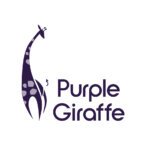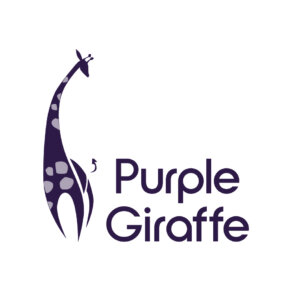In our last article we described what a customer avatar is and established its importance in marketing (read here). In this blog, we will discuss the various steps involved in creating a customer avatar.
Step 1: Prepare Questions
There are various questions to be considered when building a customer avatar. Asking questions drives an in-depth search for knowledge, to see beyond the obvious answers, and to discover something new. These questions will help identify characteristics that will constitute a customer avatar for your business. Key questions to ask include:
- WHO the ideal customer of your business is
- WHERE they’re hanging out online
- WHAT their challenges are
Step 2: Identify Demographics
This includes listing every single characteristic and trait the target audience shares. Identifying people based on their age, income, gender, hobbies, location etc. will help identify the interests of the targeted consumers. Demographic data is valuable as it can help plan for emerging consumer demands. Such information will give the avatar a persona that will help perceive it as a more realistic consumer. However, when collecting such information, caution must be taken as to only collect information relevant to your business.
Step 3: Identify Goals and Objectives
This step must not be confused with the goals and objectives of the business. This step instead focuses on what the ideal customers are trying to achieve. For example, are they looking to increase business revenue or are they trying to connect with influencers in a particular industry?
It is beneficial to make a list of goals your business can help its clients achieve. For example, if trying to promote a marketing course with the knowledge that the target audience was interested in increasing the skills of their teams, an email could be drafted with the subject line ‘Let us train your team in content marketing’. This would capture their attention as a relation between your service and your client’s objectives has been established.
Step 4: Identify Challenges
As is the case with all planning processes, the negatives along with the positives are to be considered in conjunction with each other. Now that you know what the customers wish to achieve, possible hurdles or roadblocks that have been preventing them from achieving the goals can be identified. An understanding of the frustration of customers, will enable your business to market your product or service as a solution to their problems. The following strategies can help to identify the challenges faced by consumers:
- Collecting feedback through the creation of customer surveys and their regular distribution as well as the inclusion of open-ended inquiries in the surveys.
- Saving and organising feedback so that it is all in one place.
- Paying attention to questions that customers may have. If a consumer contacts your business with a question, it is likely that there are many others who have the same issue or concern.
- Allowing customers to leave comments on the business website as they are more than likely to provide the desired information.
Step 5: Identify Potential Objections
Finally, potential reasons why the customer avatar may not choose to buy your business’s product or service can be considered. For example, with the promotion of the marketing course previously mentioned, consumers may be concerned with the amount of time team members will be occupied to gain the certification. To address this concern, the subject line of the email could be altered as a ‘1-day content marketing course for teams.’
Once the above information has been collected and identified, it will be easier to have a clear focus of who exactly to market to. The customer avatar will start to take form and will provide an in-depth understanding of the ideal client for your business. Once this process is adapted, you will soon start creating a variety of customer avatars to reflect different market segments of your business and these avatars are bound to deliver results.
To help you get started, we’ve attached a few customer avatar templates below:
https://www.jessicaosborn.com/customer-avatar/
https://www.samplewords.com/customer-avatar-worksheet/
https://www.shannonbaindigital.com/customer-avatar/
References
- https://www.digitalmarketing.org/blog/how-to-create-a-customer-avatar
- https://www.digitalmarketer.com/blog/customer-avatar-worksheet/
- https://viralsolutions.net/customer-avatar/#.YPdubugzYfo
- https://www.acrwebsite.org/volumes/v10e/eacr_v10_13773.pdf






